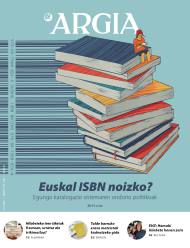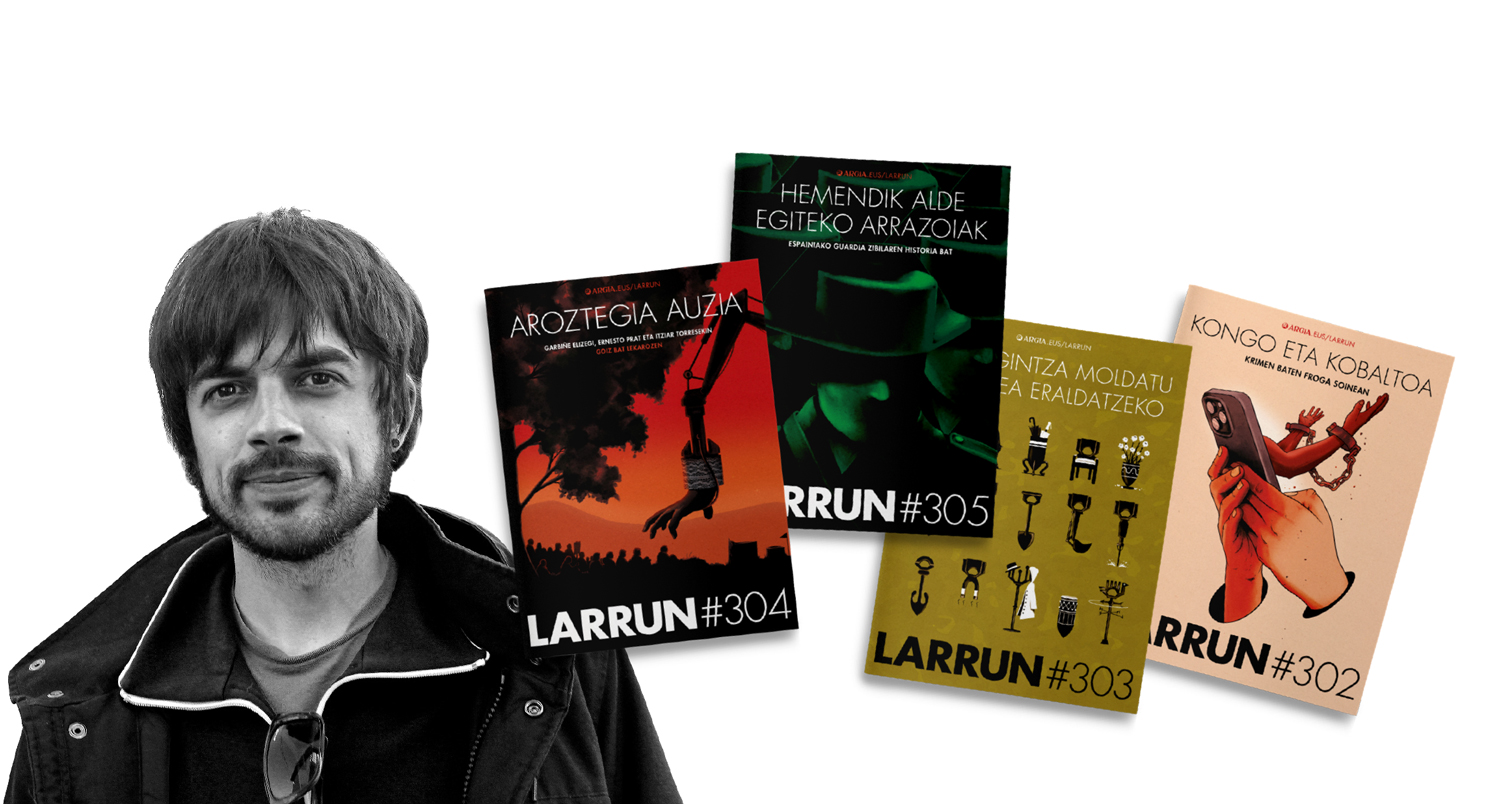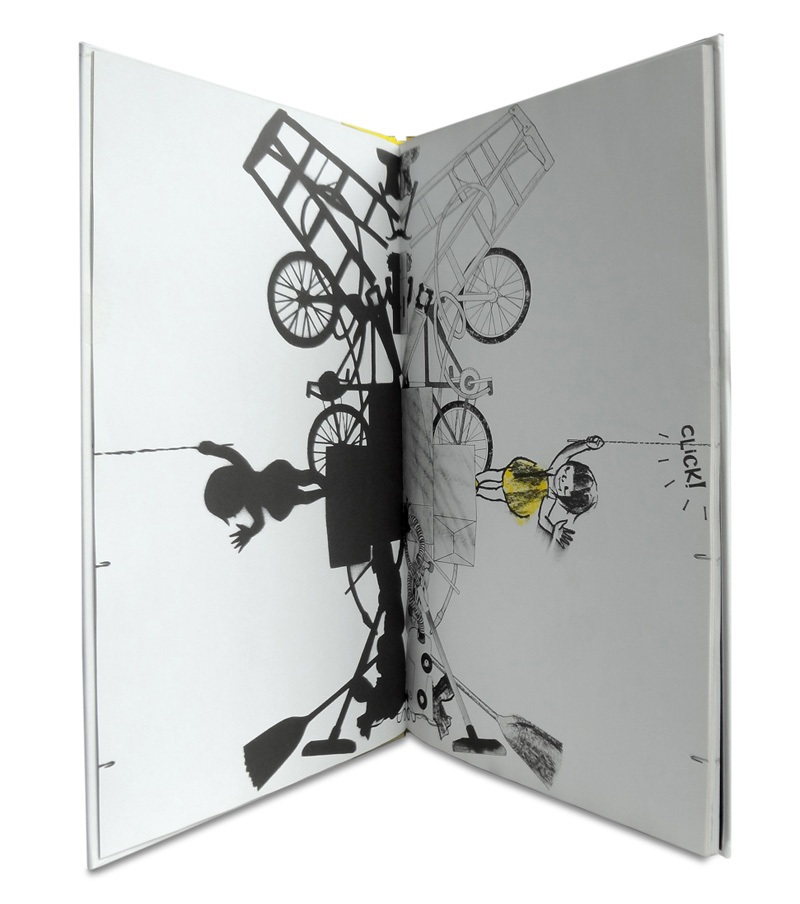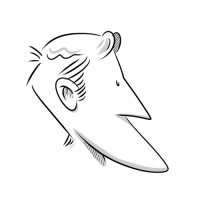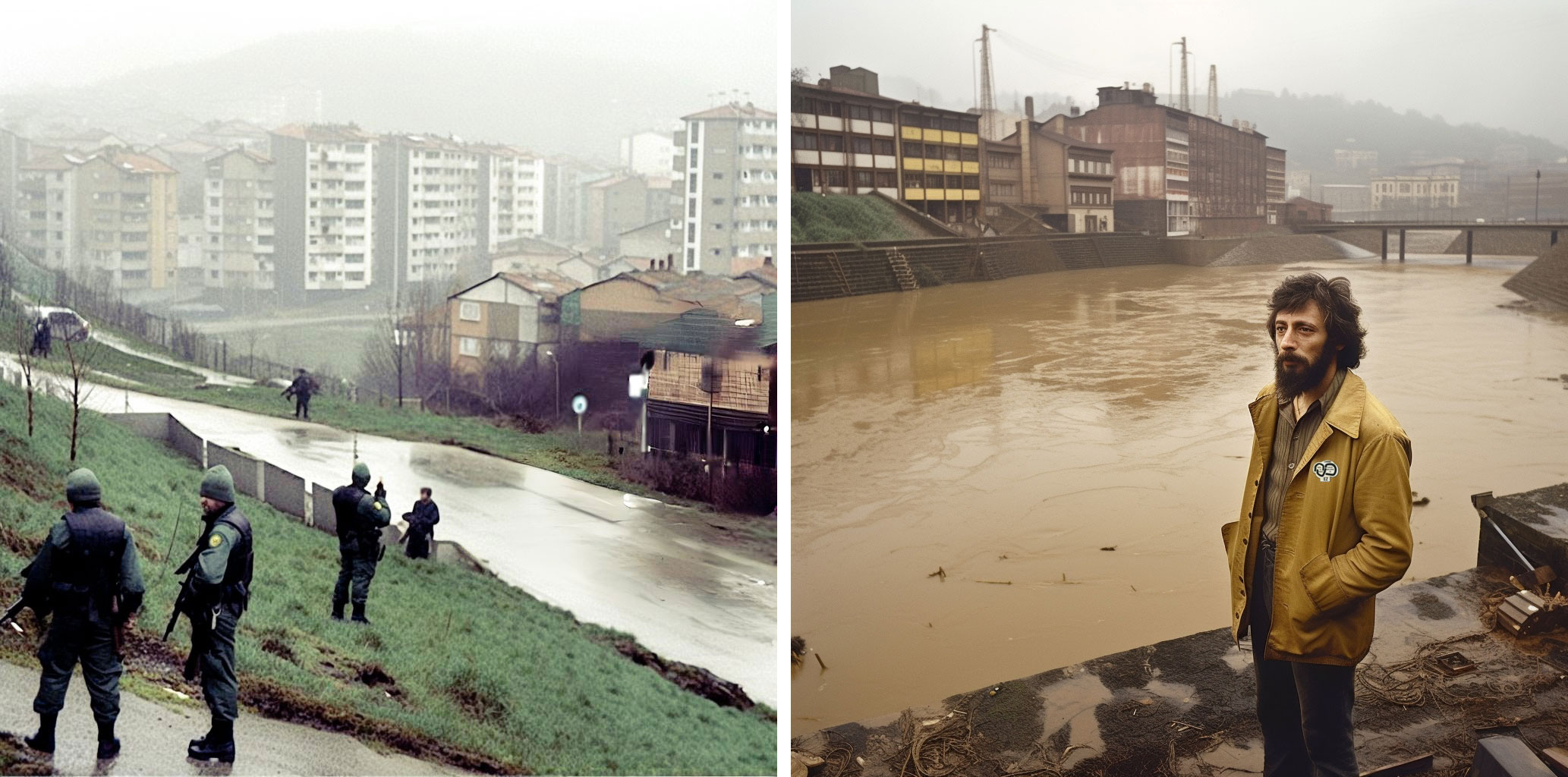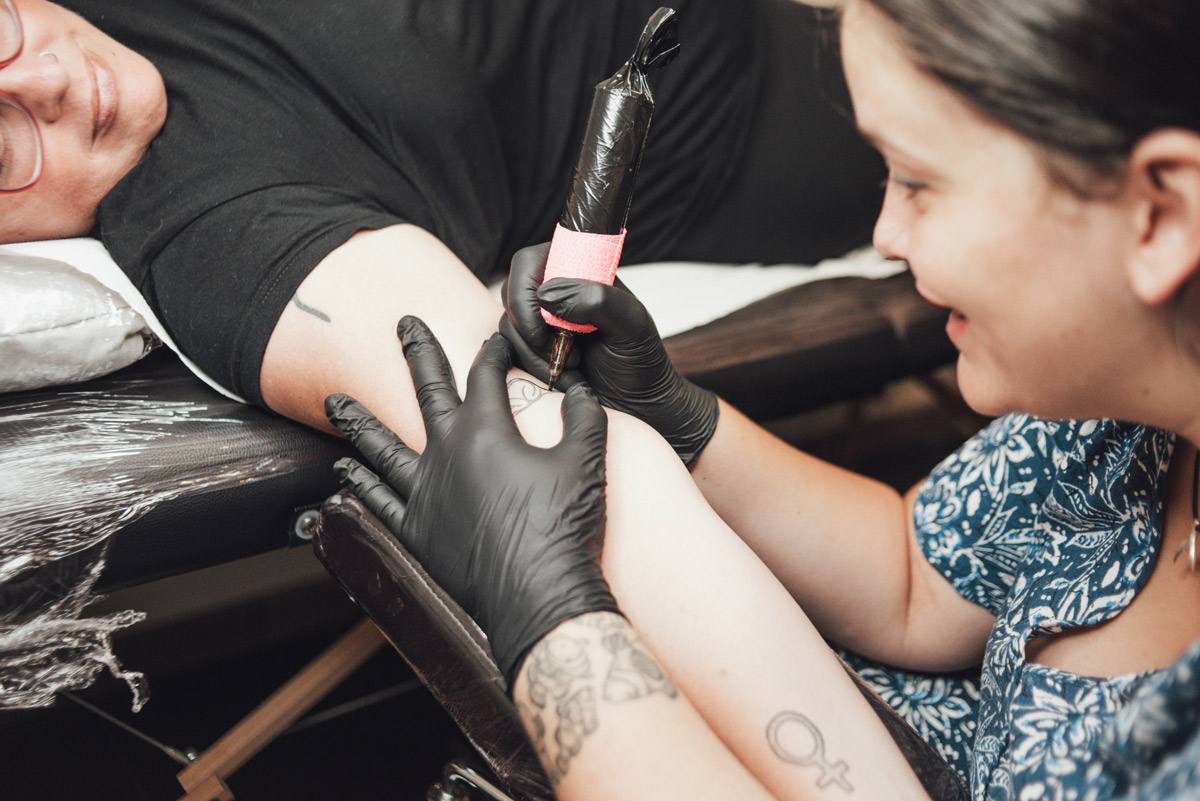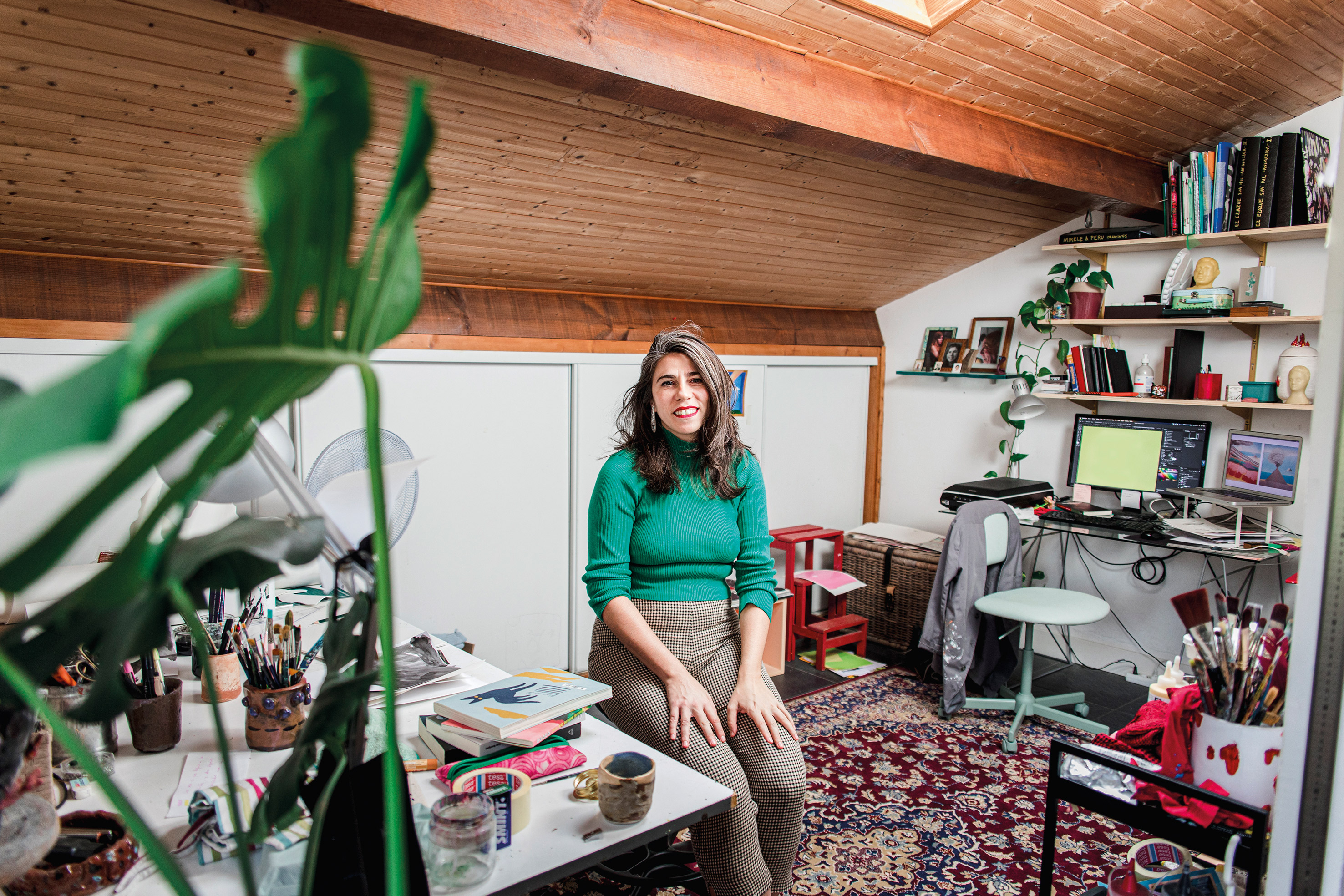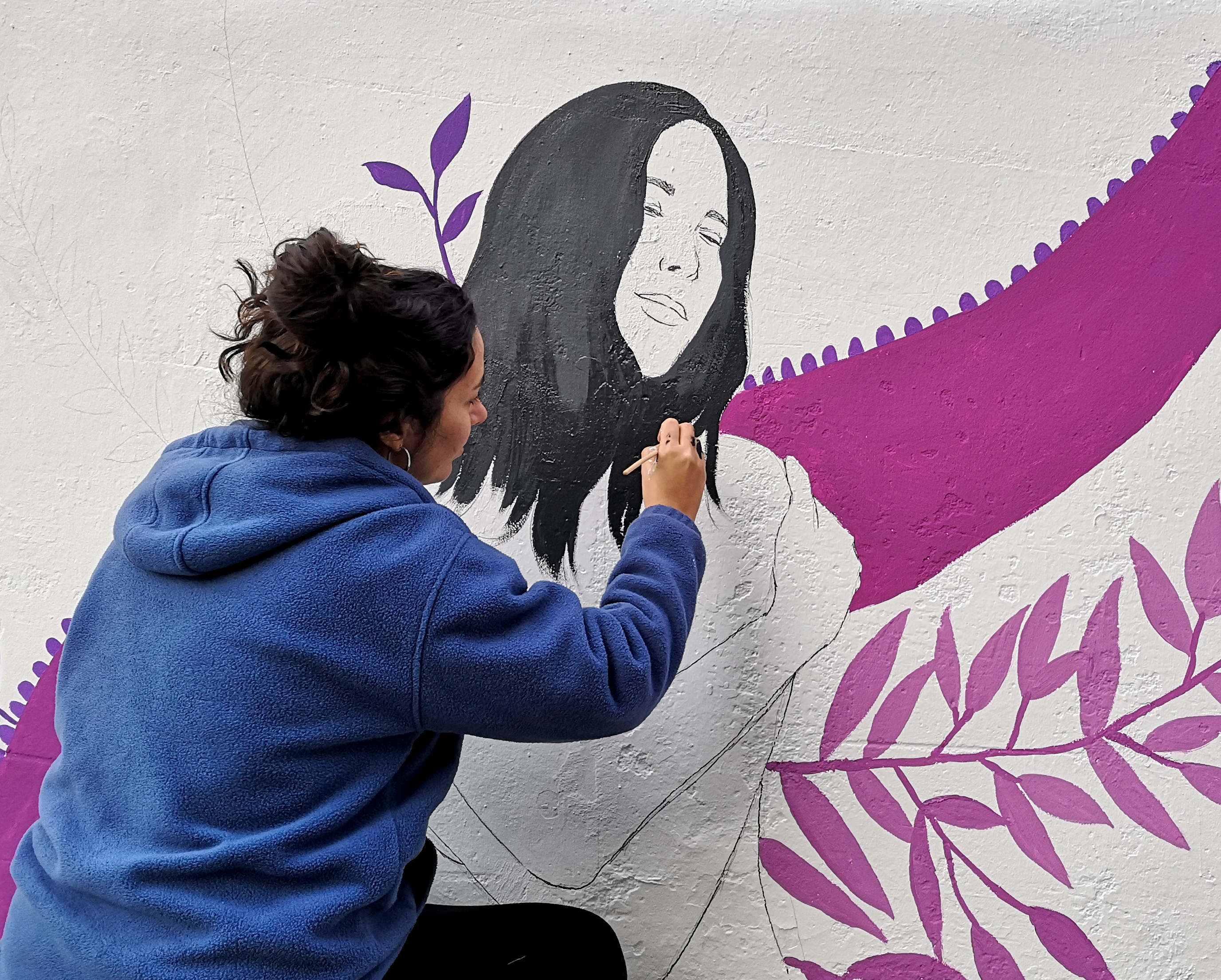“I don’t know if there is any name that defines my style”
- Zufiaurre is a professor of profession. She did not study Fine Arts, she confesses to us “she preferred to do something scientific”. However, he is eager to know the good environment in which the students of this department learn at the Leioa campus. He currently lives in Bilbao, but is looking forward to returning home to Irun. Try to further explore your vivid illustrator sense inside and give it a chance. How easy it is to write and how hard it is to do and act. Meanwhile, we will be able to see your creations in the @ane.ilustra Instagram account.
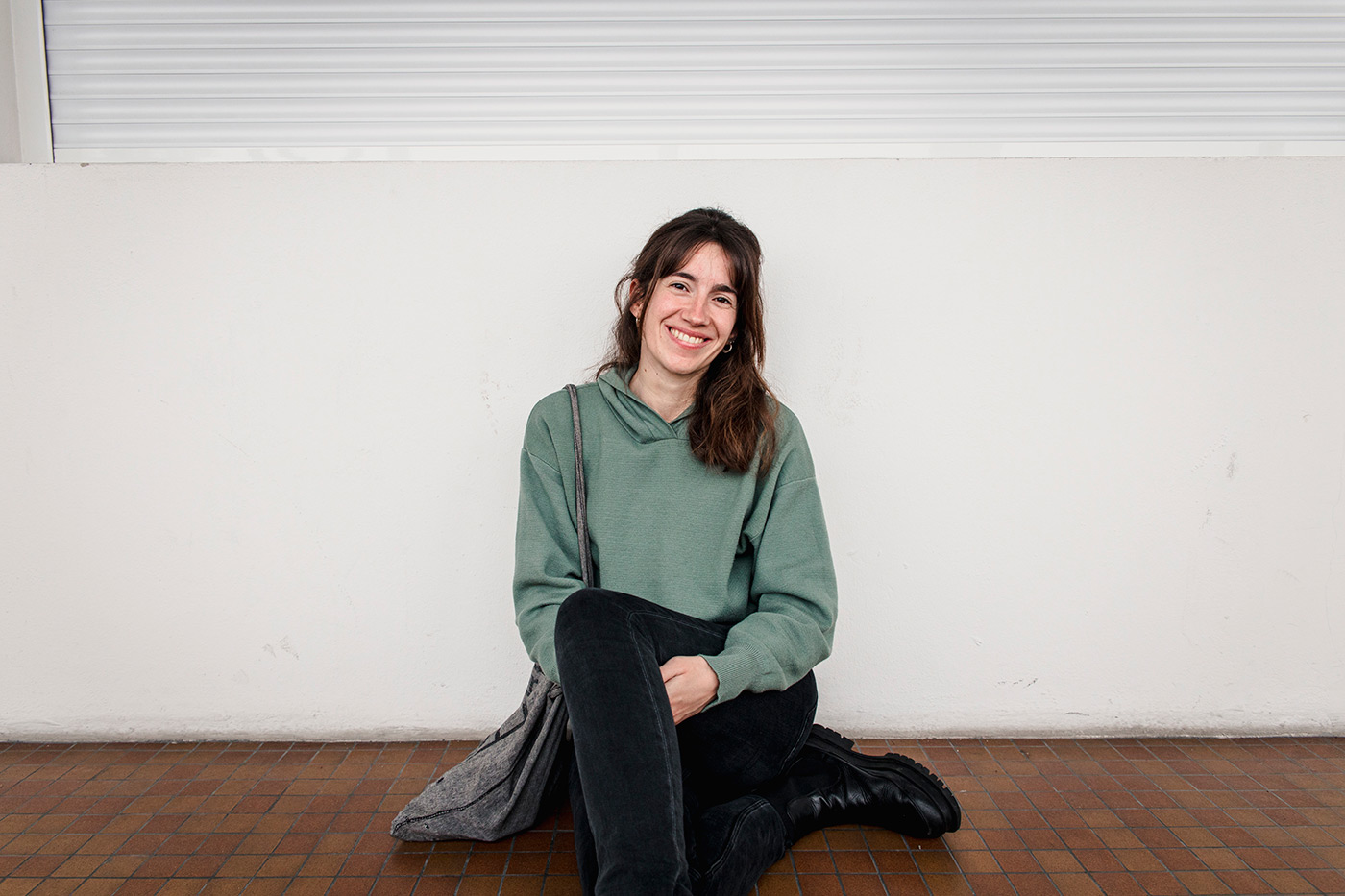
When did you realize you liked to draw?
Rather than like it, I realized it's part of my day to day. On a sheet, on the edges of the notebooks, anywhere, anytime. Today, I can't imagine my life without drawing. And more than results, I like the process of getting there. I am pleased about that.
Did you recognize yourself as an illustrator?
No, not yet. I do not know why. I think that this requires a lot of conditions, or I need them. I find it hard to put on the illustrator's label, although I am increasingly standardized. In my case, what I get at the moment is very economically precarious. I think until I become absolutely professional, I'm not going to recognize that I'm an illustrator.

What's your style?
I like the realistic image, I don't feel identified with the abstract. I would call it pictorial, with many strokes of realism. I try to introduce vitality into color. In the early days he did everything in black and white with a pen and a Bic pen. I don't know if there's a name that defines my style. It's mine and it's already, ha ha ha ha ha! I've found several referents through social media, but I prioritize breaking my way.
I publish what I have done every five years and I start again from scratch. From time to time I try to make some more developed and rounded illustration. Many times I start drawing, studying or finishing a job, for example. Now I start decorating the edge of the page with sketches.
How are written texts illustrated and for what purpose?
When I started, I didn't talk to the author. Depending on the date of publication he had some event or another to create an image. Today, I have been talking to the author for two years, and I ask him about the message he wants to convey. Draw as real as possible what you want to convey. Sometimes I don't think much, I follow the inner voice. But other times I give him too many laps. At the end of the day I have a text that is not mine and that has its difficulty. I try to make my text and my message so that the illustration is considered as a succession of text and vice versa. Be complementary.
Who sends, head or hands? .jpg)
In my case, the minds! I try to reflect what I have there and it is usually very complejo.Miro at all times my resources and capabilities and with that I start. Sometimes I get something in between. Sometimes I don't feel capable, and in the end I ask myself to be realistic. I relate this whole process to illustration. More than the result, because I enjoy the way to achieve it.
Although many illustrators are women, most of those who work professionally are men.
As in many sectors of the population, it is also in our own. In children's literature, for example, there are many illustrating women. However, in comics, newspapers, novels -- most of them are men, rather remarkably. I believe that women can make a different contribution.
You are a professor, in the education system in general the drawing has been excluded.
Yes, it is so, seriously and still very obvious. He should stop undervaluing the drawing, placing it at the same level as the other subjects. Not just drawing, but also music, for example. It is generally understood as a subject that brings nothing to the person. However, with drawing you can work a lot. The process can be very interesting and very helpful. I believe that education must guarantee diversity, and when an opportunity is given, other areas are ignored. It looks black or white. I believe that this should be rethought, giving it the importance it deserves.
Combining hobby and work
Zufiaurre wants to work. “Well, based on work,” he says with encouragement. What he always identified as leisure, now the Iraqi tries to break down the professional path. He still does not dare to say that he is illustrator. He tells us that with his hands he tries to do what he commands, more than with the result, enjoying the creative process. He currently works at Oarso Bidasoko Hitza illustrating articles of opinion, and is very excited to work more, both on paper and on walls...









